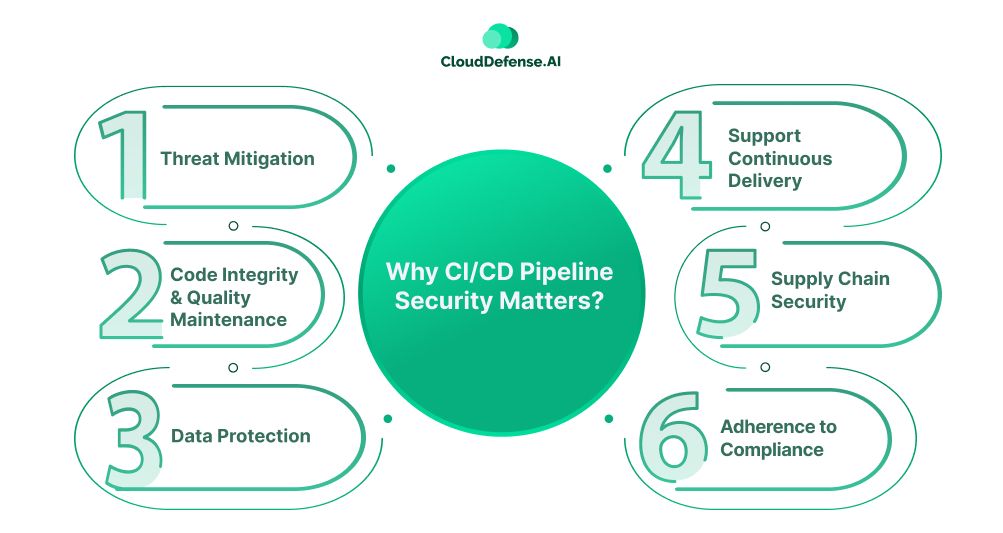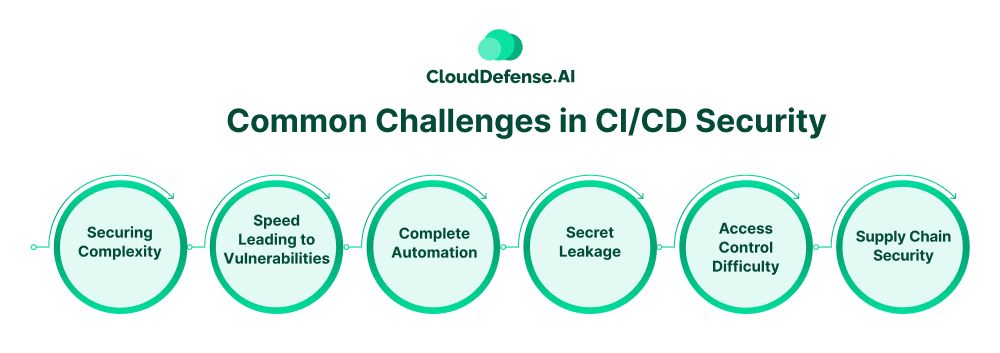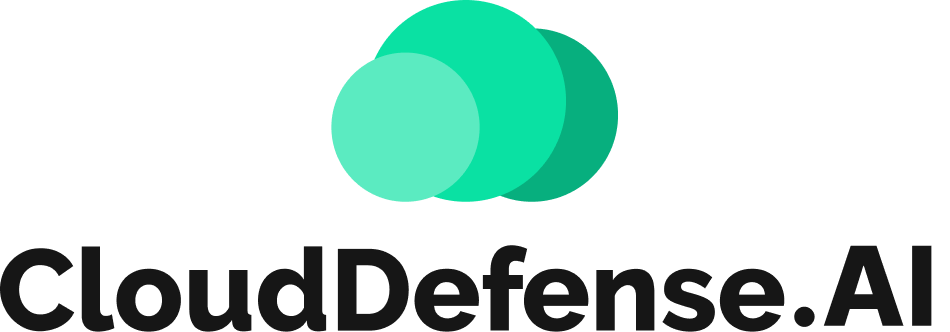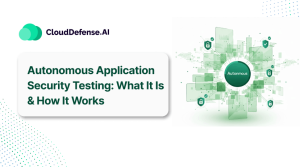Software development was once a team’s job. The advent of Continuous Integration and Continuous Delivery (CI/CD) completely transformed everything. It enables multiple dev teams to work together and boost the development through automation. For modern organizations, the CI/CD pipeline has become the backbone to cope with the modern trend of high-speed development.
However, with speed and automation, it also introduces various security risks. In recent years, the attack on development, especially CI/CD pipelines, has increased by a mammoth 742% per year. A single breach can enable an attacker to steal vital data, inject code, or perform lateral movement.
Thus, for organizations, CI/CD pipeline security has become more important than ever. However, it is a sceptical situation when it comes to speed vs security. Today, we will discuss practical controls for CI/CD pipelines security that won’t slow down the development process.
What is CI/CD Pipeline Security
A CI/CD pipeline is a pillar of modern application development that automates all the processes throughout the development lifecycle. From building and testing to deployment, it automates everything for quick and reliable code release. However, there are various components of the CI/CD pipeline that are always susceptible to risk:
- Source-code repositories.
- Artifact repositories.
- Build server.
- Orchestration functionalities and tools
- Deployment environment.
CI/CD pipeline security is designed to integrate security checks at every phase of the development cycle. It introduces security processes, tools, tests, and practices to uncover and remediate CI/CD pipeline security threats in the development pipeline.
It brings the shift left approach by introducing security checks from the earliest stage, protecting code integrity, and eliminating vulnerabilities. The key elements of CI/CD pipeline security involve implementing robust access controls, automating secret scanning, and safeguarding dependencies. It also promotes DevSecOps culture through the software lifecycle.
Why CI/CD Pipeline Security Matters?

CI/CD pipeline facilitates high-speed development through automation, but it also leaves the pipeline vulnerable to numerous security risks. From misconfiguration and secret exposure to malicious dependencies, a CI/CD pipeline faces numerous security issues.
A single vulnerability at any stage in the pipeline can lead to application disruption, data breach, severe supply chain attack, and other issues. This is why CI/CD pipeline security plays a vital role in maintaining the security of the development environment. CI/CD pipeline security matters for every modern organization because it ensures:
- Threat Mitigation: CI/CD pipeline security best practices help in uncovering all the vulnerabilities from getting embedded in the build stage. Using various scanning techniques, like secret scanning, it identifies the vulnerabilities and mitigates them in the beginning.
- Code Integrity and Quality Maintenance: Through constant checks and policy gates in the pipeline, it ensures all the committed code is free from vulnerabilities. As a result, it assures a high-quality software delivery in the market.
- Data Protection: CI/CD pipeline security plays an important role in securing all the data that is stored and propagated in the CI/CD pipeline. It makes use of secret management and other security processes to prevent leakage of data in the pipeline.
- Support Continuous Delivery: Pipeline security through access control, policy checks, and other security measures continuously mitigates security threats. It allows for quick development without vulnerability becoming a roadblock to the development flow.
- Supply Chain Security: A major reason CI/CD pipeline security is non-negotiable for modern organizations is that it provides supply chain security. It mitigates all the vulnerabilities in third-party libraries and dependencies and protects the supply chain.
- Adherence to Compliance: Every organization adheres to specific regulatory standards. Securing the CI/CD pipelines helps the organization to maintain compliance with standards like PCI-DSS, GDPR, SOC II, ISO 27001, and others. It also ensures the organization’s effort to provide high-quality and secure releases.
Practical Controls for CI/CD Pipeline Without Slowing Down Development

Implementing controls for the CI/CD pipeline without slowing down development requires integration of appropriate tools at the right stages. Here are some CI/CD pipeline security best practices that can ensure optimum security without hampering the dev cycle:
Securing Build Environment
A great way for CI/CD pipeline security without slowing down the dev cycle is by securing the build environment. It serves as the core of the pipeline where all codes are compiled. To secure the build environment, the organization must utilize:
- Implement Principle of Least Privilege: Organizations must grant only the necessary access level required by a team, service, or device to perform the specific task. It will minimize the chance of any lateral movement and insider threat. All the account privileges should be accessed regularly, and inactive accounts should be removed.
- Isolate Build Tasks: To secure the pipeline, organizations run each build task in a separate environment. The multi-tenancy isolation can prevent any vulnerability affecting the pipeline.
- Utilize Short-Time Build Agents: Developers can utilize Docker containers and similar short-term build agents for build tasks. It will prevent attackers from persisting in the pipeline.
- Implement RBAC & MFA: It is best to implement role-based access and multi-factor authentication, which will protect important assets and prevent unauthorized access.
Deploying Secret Management
CI/CD pipeline throughout the development lifecycle stores a lot of secrets, which include API keys, private keys, user credentials, and others. Moreover, developers often hardcode secrets to ease their development process. Effective ways that can help teams manage secrets:
- Implement Secret Manager: DevSec teams must use a secret manager to store and manage secrets rather than storing them using them in code or configuration files. This platform helps teams with dynamic secrets, audit logs, and secret revocation features that improve secret management.
- Dynamic Secrets: An Organization can generate temporary secrets that can be used in the build phase for a limited period. It will limit the chance of secret theft and leaks.
- Leveraging Secret Scanning and Pre-Commit Hooks: Mandating the use of secret scanning and pre-commit hooks will enable developers to maintain a specific coding standard. Importantly, it will prevent them from hardcoding secrets to speed up the development work.
Implementing Runtime Security Tool
Protecting the CI/CD pipeline is not only about performing secret scanning and PR checks; organizations need to utilize runtime security tools. Constant runtime monitoring and an incident response tool can help in securing the pipeline:
- Utilize SOAR and SIEM: Organizations should integrate the SIEM and SOAR platforms directly in the CI/CD pipeline, which will help the tools collect and process events. These tools constantly monitor all the logs and events to identify malicious patterns and trigger responses.
- Anomaly Identification: A great way to identify anomalies in the pipeline is by utilizing ML-based anomaly detection tools. It will create a behavioural threshold in the CI/CD pipeline and trigger an alert when any anomaly pattern is detected.
- Incident Response: Business institutions must utilize security incident response tools and plans that will allow teams to respond when a security incident occurs in the pipeline. It will help in rolling back any malicious deployment and eliminating any infected components.
Automated Security Testing
Organizations must automate security testing from early in the development process, which will strengthen the CI/CD pipeline security testing. Early security scans help with a proactive approach, as they continuously scan the development environment for vulnerabilities.
- Run SAST and DAST: Organizations should integrate modern SAST and DAST tools to assess all the source code for any security threats. SAST tools like QINA Clarity can be useful for real-time threat detection as they run for every code commit. DAST, on the other hand, checks for vulnerabilities in the runtime.
- Leverage SCA: It is also important for security teams to utilize SCA tools in the CI/CD pipeline. It looks for vulnerabilities in associated third-party libraries and dependencies.
- Container Scanning: Modern applications leverage a lot of containers, so it has become a necessity for teams to implement container scanning tools. These tools will scan Docker images for vulnerabilities before deployment.
Leveraging Code and Artifacts Signing and Integrity Checks
Since most developers in an organization nowadays rely on AI code using AI code generators, it has become vital to ensure the code is untampered with. Similarly, to ensure the deployment stage is free from threats, teams also need to assess the integrity of artifacts.
- Enforce Code Signing:Developers must enforce code signing that will use a cryptographic signature to ensure the code is free from tampering after it has been signed. When the signature validation fails, development must isolate that deployment segment.
- Artifact Integrity Assessment: In modern times, where source code is tampered with in many ways, organisations need to ensure artifact signing and integrity. Teams can create a cryptographic hash for the deployable software artifact. Before deployment, the team can verify to ensure there is no modification in the artifact.
- Developer Approval: Before deployment, the development team can introduce a developer approval gate. Multiple developers will assess a code change and approve it.
Securing the Deployment Stage
For optimum CI/CD pipeline security, organizations need to enforce continuous monitoring while safeguarding the deployment stage. To implement it, organizations need to implement:
- Automated Deployment: Organizations can take steps to automate the deployment stage and minimize any chance of error that can lead to vulnerability.
- Maintaining Full Visibility: All the DevSec teams need to maintain complete visibility from development to deployment. All the activities in the pipeline must be logged for thorough visibility.
- Fixed Infrastructure: Organizations should avoid using the same production server for making changes. They must utilize a new server for making changes, preventing any chance of lateral movement and attacker persistence.
Common Challenges in CI/CD pipeline Security

CI/CD pipeline security serves as an important aspect of modern software development that eliminates all vulnerabilities in the pipeline. However, securing the pipeline also introduces many challenges. They are:
- Securing Complexity:A common challenge faced by many is securing the broad CI/CD pipeline. Usually, the pipelines have diverse integration with multiple components, which makes it difficult to maintain optimum supply chain security.
- Speed Leading to Vulnerabilities: Modern organizations are always finding ways to speed up the CI/CD pipeline while maintaining CI/CD pipeline security. However, it is often outweighing security measures that often leads to the introduction of vulnerabilities.
- Complete Automation: Through the CI/CD pipeline, the organization aims for complete automation. However, missing certain automated security checks and policy gates can lead to serious issues.
- Secret Leakage:A CI/CD pipeline holds numerous secrets to streamline the development process. When access control to components is not properly configured, it can cause leakage of secrets.
- Access Control Difficulty: To facilitate a fast development cycle while maintaining security, granting access to multiple components can be difficult. Providing access to unknown components or a large team can make things difficult for most developers.
- Supply Chain Security: Integrating multiple CI/CD tools and functionalities for accelerating development can create many supply chain security issues. Any gap can enable attackers to gain entry into the supply chain.
Bottom Line
When an organization integrates effective and practical controls in the CI/CD pipeline, it creates a secure, complete dev cycle without slowing it down. The automated controls eliminate all the vulnerabilities while enabling fast and secure dev cycles.
Modern tools like QINA Clarity are helping organisations to bolster their CI/CD pipeline security while maintaining speed. Integrated and automated controls in the pipeline ensure the security scales with development speed and maintains true DevSecOps.







